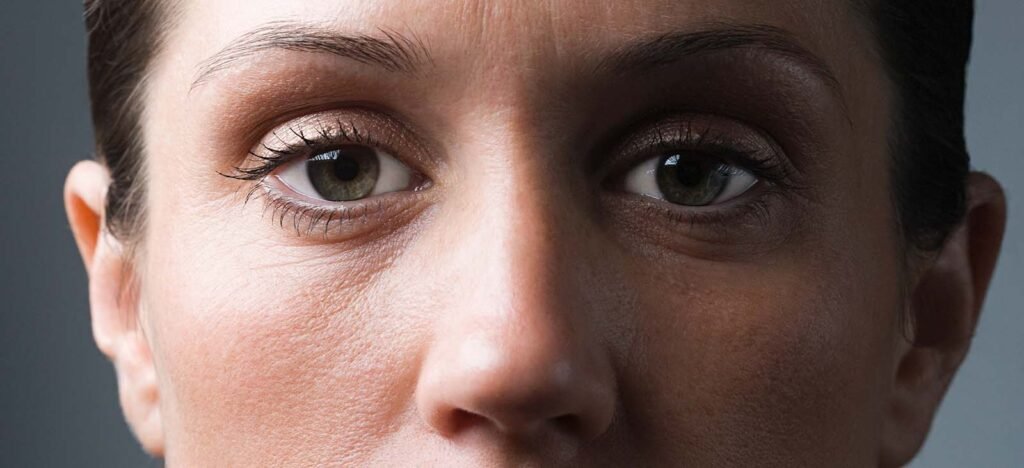Has one side of your face suddenly drooped? Are you struggling to blink, smile, or speak clearly? You may be dealing with a condition called Facial Palsy, also known as Bell’s Palsy.
It can be scary—but the good news is, most people recover completely, especially with early treatment and therapy. At The Physionic, we offer expert diagnosis, physiotherapy, and compassionate care to help you or your loved one get back to smiling confidently.
👉 Click here to book an appointment with a facial palsy specialist
What Is Facial Palsy?
Facial palsy happens when the facial nerve (which controls movement of the muscles in your face) becomes inflamed, swollen, or damaged. This results in weakness or paralysis on one side of the face, often appearing suddenly.
The most common type is Bell’s Palsy, but facial paralysis can also occur due to infections, strokes, trauma, or tumors.
Causes of Facial Palsy
Some possible causes include:
- Viral infections (like herpes simplex)
- Cold exposure or stress
- Ear infections or surgery
- Head or facial trauma
- Neurological conditions
- Stroke (especially if other parts of the body are affected)
In many cases, especially with Bell’s palsy, the exact cause remains unknown, but inflammation of the facial nerve is often to blame.
Common Symptoms
Symptoms usually affect one side of the face and may include:
- Sudden drooping of the mouth or eyelid
- Inability to close the eye completely
- Difficulty smiling, speaking, or eating
- Twitching or weakness in facial muscles
- Drooling from the affected side
- Loss of taste or hearing sensitivity
- Dry eye or excessive tearing
💡 Note: If facial weakness is paired with arm/leg numbness, confusion, or slurred speech, seek emergency care—this could be a sign of a stroke.
How We Treat Facial Palsy at The Physionic
Treatment depends on the cause and severity, but early intervention is key.
Diagnosis
Our approach includes:
- Detailed neurological exam
- MRI or CT scan (if needed to rule out stroke or tumors)
- Blood tests (for infection or inflammation)
Treatment Options
At The Physionic, our care plans are designed to help you recover faster and protect your facial nerve.
🔹 Medications
- Corticosteroids (like prednisone) to reduce inflammation
- Antiviral drugs if a viral infection is suspected
- Pain relievers or eye lubricants (to protect the eye)
🔹 Physiotherapy
Our physiotherapy team helps you with:
- Facial exercises to regain movement
- Neuromuscular stimulation
- Massage therapy to improve circulation and reduce stiffness
- Eye care support if blinking is difficult
👉 Book a therapy session at The Physionic now and begin your road to recovery.
Self-Care Tips at Home
- Protect your eye from dryness with lubricating drops
- Wear sunglasses outdoors
- Do gentle facial exercises (only under expert guidance)
- Avoid stress and get plenty of rest
- Avoid cold wind exposure on the affected side
Recovery Outlook
Most people with Bell’s palsy recover within 3 to 6 months, especially with timely treatment. Some may experience lingering weakness or twitching, but therapy helps reduce long-term effects.
If facial palsy is due to another condition (stroke, tumor, trauma), recovery may take longer and require additional support.

